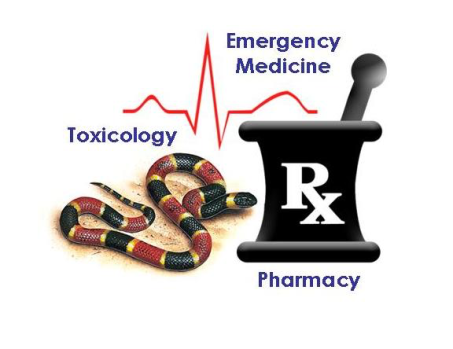Today’s pearl is about the safety of physostigmine.
Physostigmine – a drug whose bark is worse than its bite.
Physostigmine gets a bad rap, which I detail elsewhere on this site. In fact, it once-upon-a-time was part of the coma cocktail. That is until a few patients developed asystole in the setting of TCA overdose when given physostigmine in the early 1980s. After that, its usage rate plummeted and now we’re graduating new EM attendings who have little experience with the antidote. However, much of the dogma around TCA poisoning and physostigmine has been debunked. The most comprehensive look at the data was detailed in a Tox and Hound post by renowned medical toxicologist, Dr. Jon Cole.
When to Use Physostigmine – Suspected or confirmed anticholinergic delirium (heck, the brand name is Antilirium!)
How to Give Physostigmine – 1 mg administered via slow IV push over 5 minutes (easiest way is to put in a 50 mL NS bag); this can be repeated if needed
Precautions – Have atropine at the bedside for the rare case of a patient who becomes cholinergic
Adjunctive therapy – Benzodiazepines are almost always your friend in overdose situations, and definitely in anticholinergic poisoning
#12

